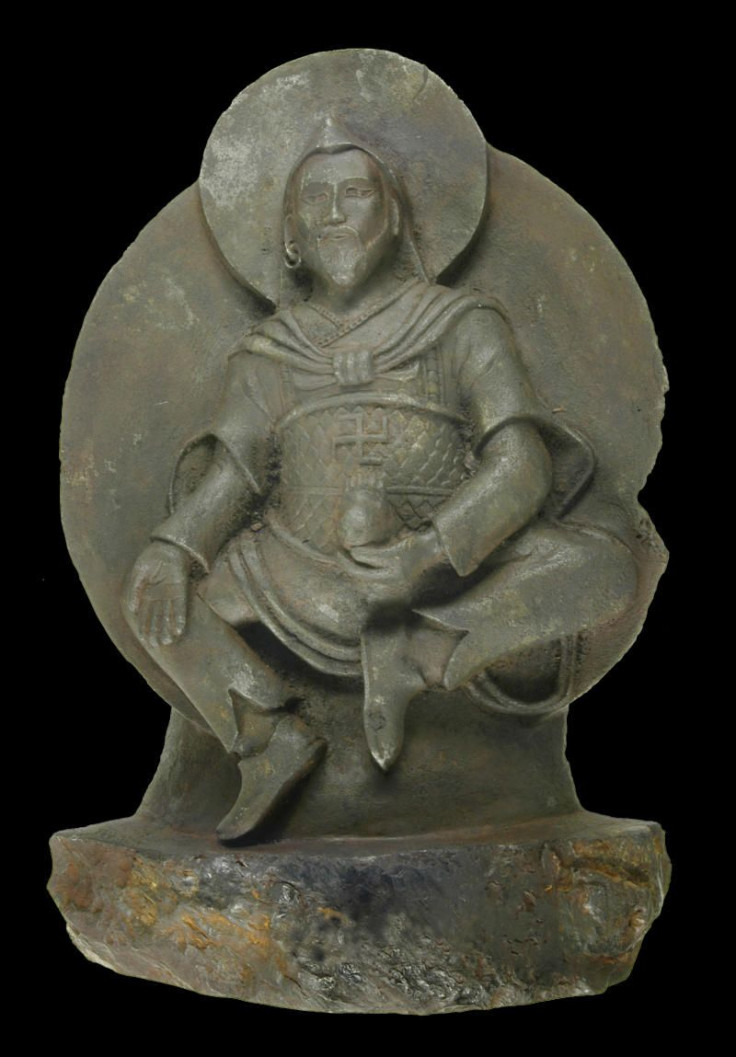"Iron Man" Buddha Statue Found by Nazis Is From Space, Carved From a Meteorite

In 1938 an ancient Buddhist statue was discovered during a Nazi expedition. The statue, which has been coined the "Iron Man," is the only illustration of a human figure to be carved into a meteorite.
The statue was first discovered by a team of German scientists led by renowned zoologist Ernst Schäfer. However, Dr. Elmar Buchner, from Stuttgart University, and his team were the first set of individuals to study the statue. Buchner and his colleagues categorized the statue as an ataxite, a rare class of iron meteorite with high level of nickel.
The statue weighs approximately 10kg, approximately 22 pounds, and is 1,000-year-old. Additionally, it is believed to embody a stylistic mixture between the Buddhist and pre-Buddhist Bon culture. According to the Bon Foundation, Bon is the oldest spiritual tradition of Tibet.
"The statue was chiseled from an iron meteorite, from a fragment of the Chinga meteorite which crashed into the border areas between Mongolia and Siberia about 15.000 years ago. While the first debris was officially discovered in 1913 by gold prospectors, we believe that this individual meteorite fragment was collected many centuries before," Dr. Buchner said.
According to Dr. Buchner and his team, the Iron Man figure originated from the Bon culture of the 11th century. "The Iron Man statue is the only known illustration of a human figure to be carved into a meteorite, which means we have nothing to compare it to when assessing value," Dr. Buchner said.
There have been a wide range of meteorites inspired worship in ancient cultures such as the Inuit's from Greenland to the Aborigines from Australia. Currently, one of the most notable worship sites in the world is Mecca in Saudi Arabia. Mecca is based on the Black Stone, which many believe is a stony meteorite.
The Iron Man is estimated to value $20,000.
The findings were published in the journal Meteoritics and Planetary Science.



























